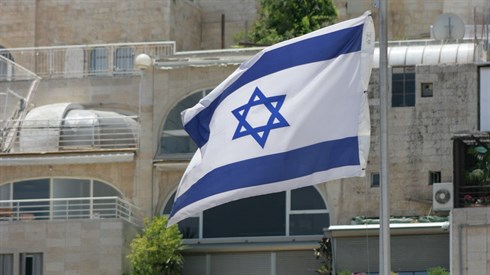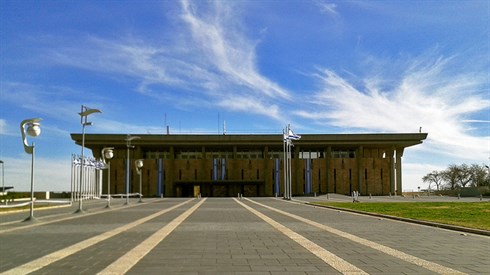- Torah and Jewish Thought
- Torah Teachings
89
Question
Please see http://www.yeshiva.co/ask/?id=7293
On Shemos 16:14, Rashi says gir is black. How does this tally with Yeshaya referring to limescale. Is there such a thing as black limescale?
Answer
ב"ה
Shalom
Your question is well in place and you have indeed stumbled upon a Rashi which needs explanation and you have caused me to do some "detective" work.
First of all the word "gir vezarnich" which Rashi in Shemot refers to as black does not appear where Rashi says in the Talmud in Chullin neither anywhere else in the Shas for that matter(Though the word "zarnich" which is a substance of black color, does appear.)
The commentator on the Aruch, who is another Rishon points this out under the entry "gir", while the Aruch himself says that gir is just like "sid" which is lime or whitewash.
Though, Rashi himself repeats this "gir vezarnich" in his commentary on Bechorot 19a as he refers to the same Gemara in Chullin.
What seems to be the case is that Rashi had a version of the Talmud which is not in our possession today and since it was not seen by others, Rashi's reference cannot be explored or contested.
What further complicates the issue is that Rashi on Avoda Zara 54a explains gir as frost which is white and in his commentary to Daniel 5:5 explains gir as being the lime painted on the walls and refers to the pasuk in Yeshayahu which you brought at the start.
In any event, the Ramban in Shemot categorically disagrees with Rashi and says that gir is white and it is used to whitewash walls.
However,though I am no chemist or geologist it is a known fact, that limestone does turn black in certain common environmental conditions.
All the best

Priests in Egypt
Rabbi Elchanan Lewis | 24 Nisan 5767

Ten for a Minyan
Rabbi Chaim Tabasky | 22 Tishrei 5767

Lo Tachmod- Details of the prohibition on jealousy
Rabbi Ari Shvat | Tevet 3, 5778

the real Torah
Rabbi David Sperling | Adar II 3, 5782

Sefira observance on Yom Haatzmaut
Rabbi Chaim Tabasky | 7 Iyyar 5766

Shaving for Yom Haatzmaut
Rabbi Yoel Lieberman | Nisan 24, 5770

Shaving for Yom Haatzmaut
Rabbi Yoel Lieberman | Nisan 24, 5770

Sefira observance on Yom Haatzmaut
Rabbi Chaim Tabasky | 7 Iyyar 5766

Bedikat chametz
Rabbi David Sperling | Nisan 11, 5785

Havara- Sefaradic or Ashkenazic Pronunciation
Rabbi Ari Shvat | Nisan 17, 5785

Separate beds while niddah
Rabbi Gideon Weitzman | Nisan 13, 5785




